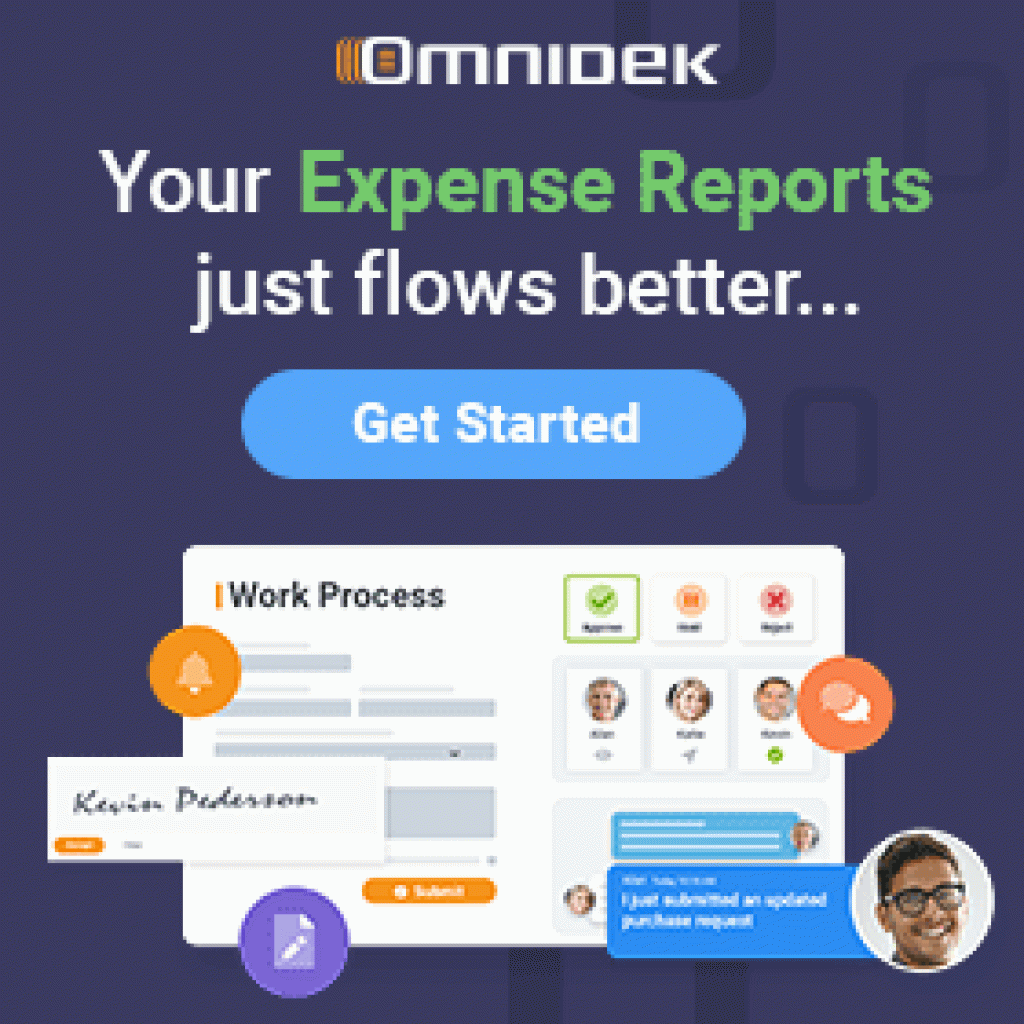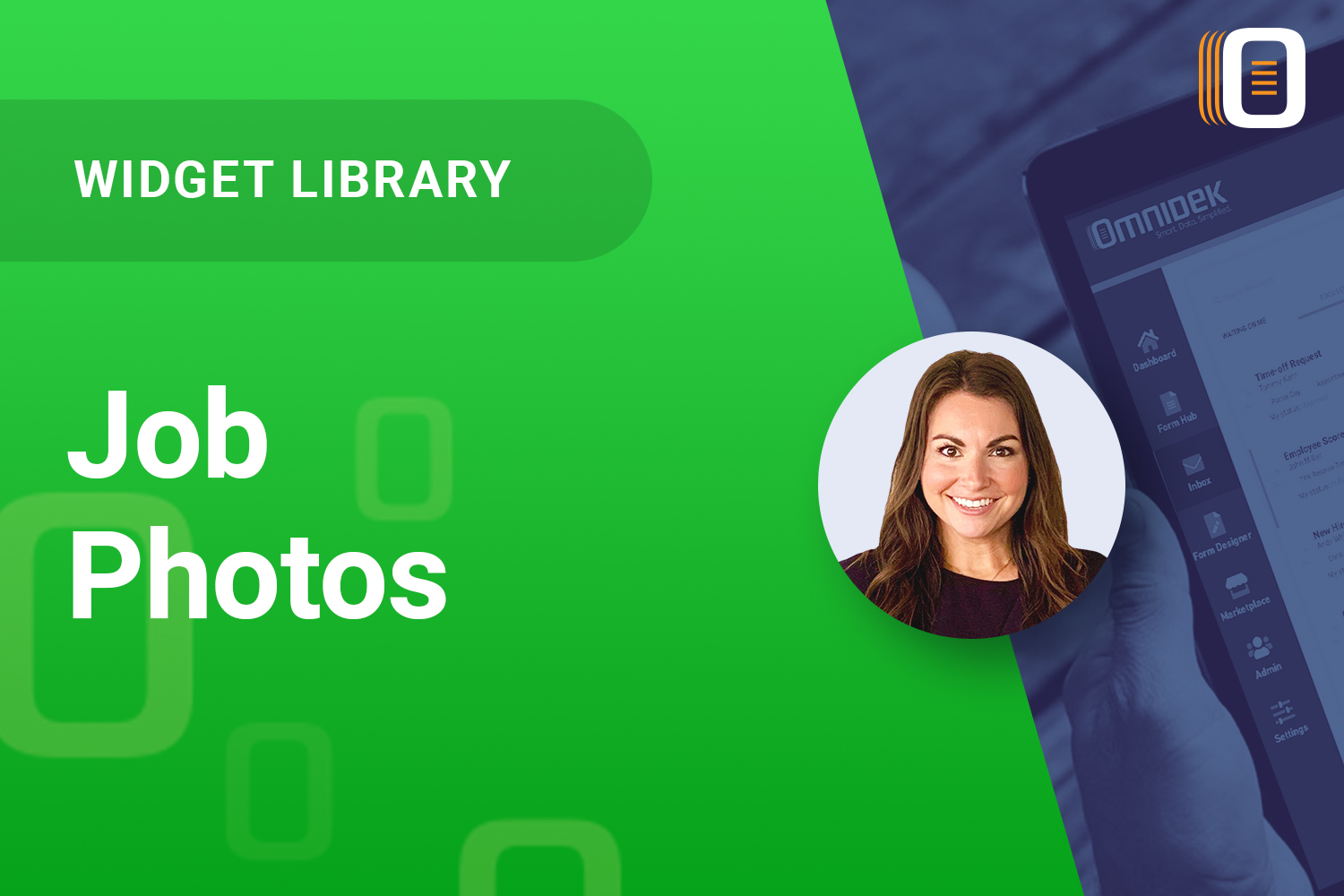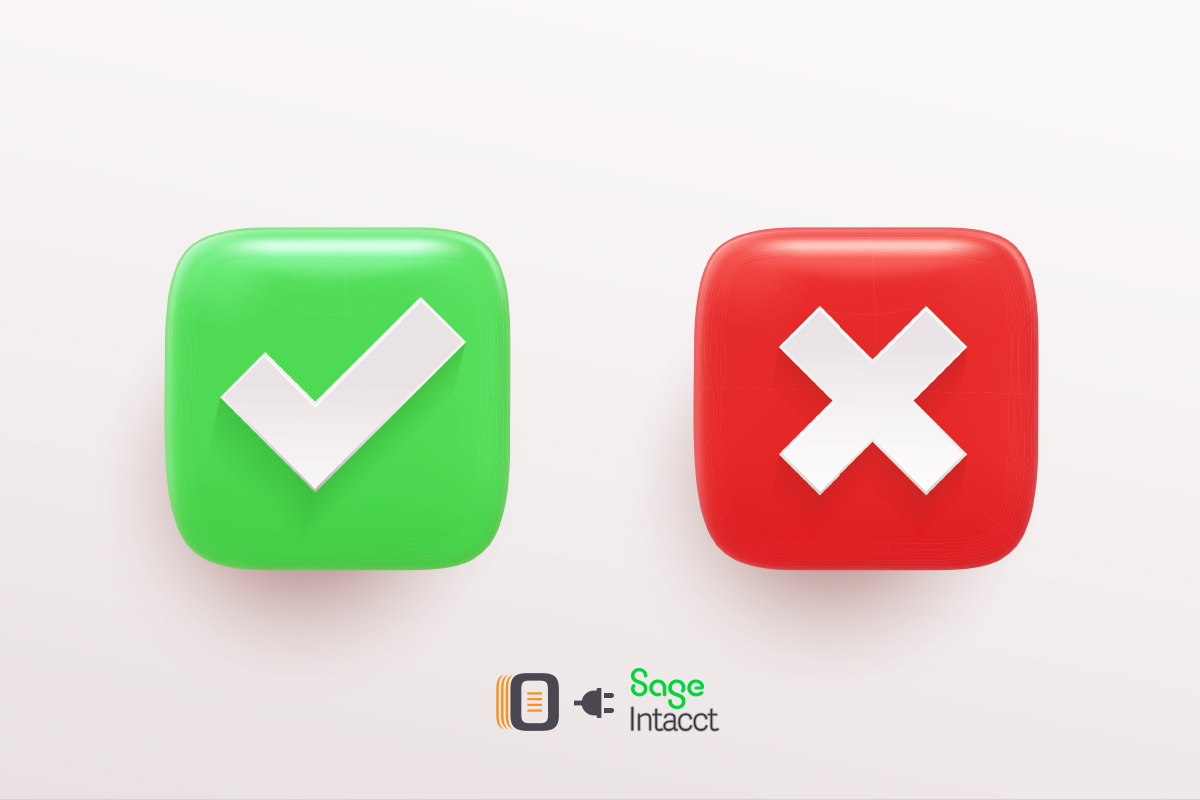Hosted accounting platforms have been the bottleneck to real time visibility and connected work processes for the past decade. Most accounting programs utilize clunky, data imports and synchronizations to try and create the appearance of “integration”. The next technology revolution will happen in the way of true cloud enterprise resource planning (ERP) platforms. Cloud ERP platforms that provide robust API’s for true bidirectional communication. What companies need to understand however, is this move enables more than just greater integration opportunities for your existing apps, but an opportunity to replace these apps all together. Companies take advantage of a new concept called a business portal to help eliminate multiple applications.
A Bunch of Little Engines that Couldn’t
If you think about an accounting or ERP platform, the purpose is to serve as the engine that is running your company and driving decision making. Since many of these cumbersome systems are server based, companies look to bolt on apps to help offer better experiences for data collection and approvals. Accounting and ERP platforms have lived on servers behind technical walls without API access. Because of this many of the smaller or single use add-on applications have had to create their own “mini-engines”. These apps lack a layer of transparency and workflow capabilities for specific processes, due to the fact they are unable to tap into the ERP horsepower (getting a little too deep in the engine example). The concept creates an inefficient cycle, causing multiple app subscriptions to create a bunch of little engines or data silos. These apps are now trying to keep up with the ever-growing game of data gymnastics of trying to connect the technology stack.
A New Opportunity with Cloud ERP
What if the need for the “mini-engine” became unnecessary? What if third-party applications could leverage the full horsepower of the ERP and accounting platform? What would be the responsibility of the library of apps other than to simply collect the data and have it routed for approval?
The biggest opportunity that companies have with migration to Cloud ERP is to create a simpler, centralized method of collecting, approving, collaborating, and storing data back into the cloud. The value of the “mini-engine” is rendered worthless, and the new focus becomes the flexibility and efficiency of collecting data across various divisions of the company. New technologies, like Omnidek, provide a no-code, portal platform enabling bidirectional communication between ERP and Portal. The business portal technology enables, for the first time, non-technical users to create workflows for every process and every individual in your business network (employees, subcontractors, vendors, and customers).
The Strategy Today

A good starting point for moving to the cloud is to look at these no-code, portal platforms. Platforms, like Omnidek, begin cleaning up ancillary processes and eliminating the single process applications, such as time collecting, expense reporting, and purchasing. Companies can reduce nearly 50% of their software as a service (SaaS) costs within the initial 90 to 120 days by reducing the app count to the core platforms that drive the company. This switch to a business portal makes considering a move to a new Cloud ERP more palatable.
Looking to the Cloud

As companies begin evaluating the options for Cloud ERP, it is important to know the difference between a solution hosted in the cloud vs a true Cloud ERP platform. They are very different and can cause confusion during the buying cycle. True Cloud ERP platforms like Sage Intacct provide robust API access enabling bidirectional touchpoints throughout the platform. When companies look to make the migration, they will begin designing tailored processes from the data collection to the field, back office, or portal. During this process companies can create powerful workflows feeding ERP in real time. In addition, events inside of ERP, such as expiration dates on compliance or payment application schedules, can spawn workflows inside of the portal for seamless processing.
To learn more about Omnidek and building your stairway to the cloud visit Omnidek.com





